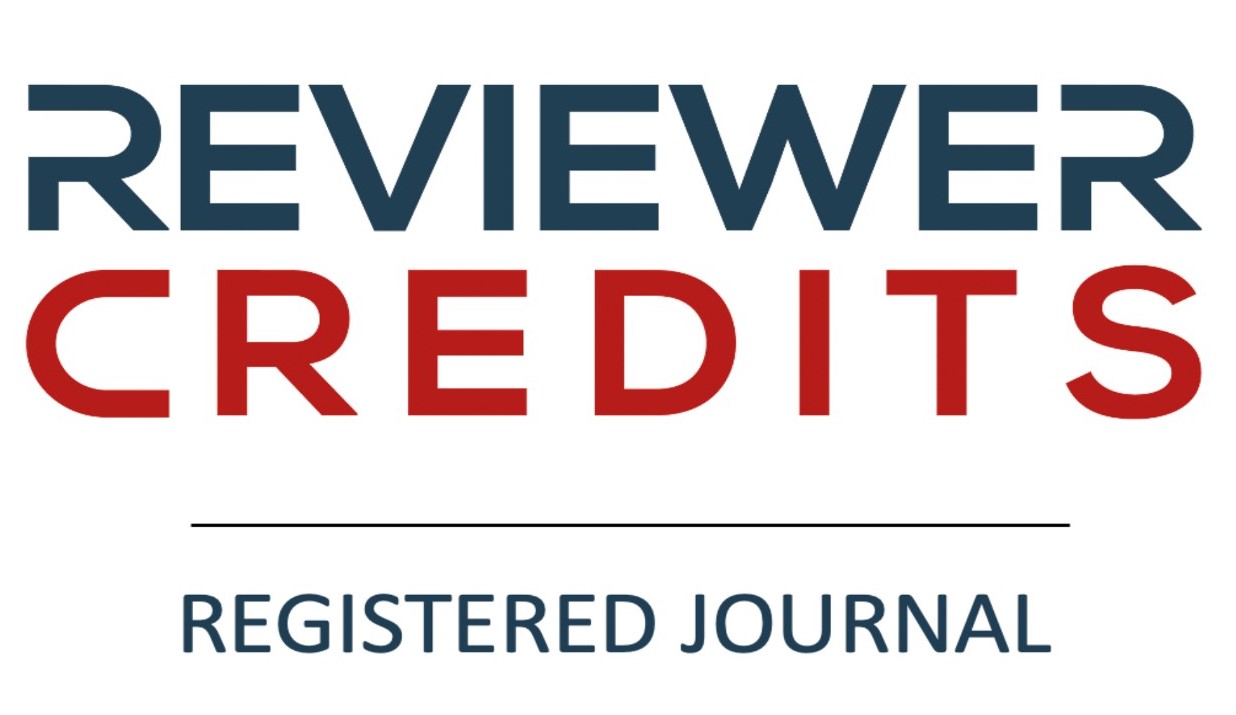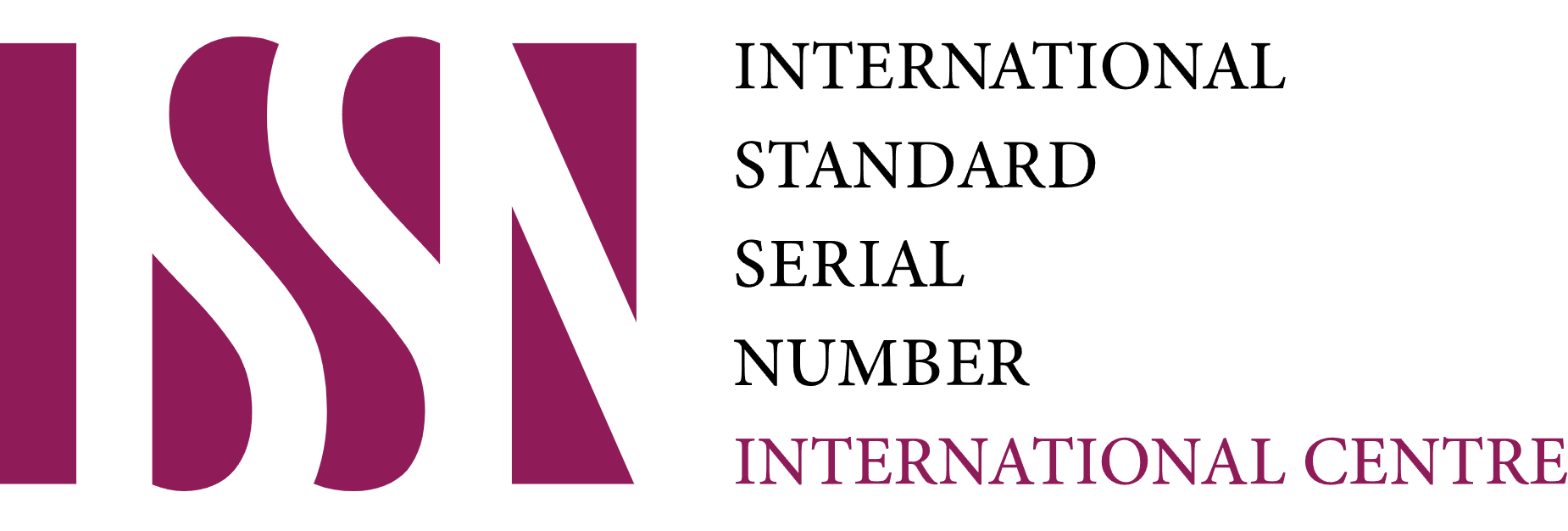PENGURANGAN CHILLING INJURY PADA BUAH TOMAT (Lycopersicum esculentum) MELALUI Aloe vera Coating SELAMA PENYIMPANAN DINGIN
DOI:
https://doi.org/10.51852/jpp.v6i1.311Abstract
Tomat tergolong sayuran buah yang bersifat mudah rusak. Penurunan mutu buah tomat selama penyimpanan dapat diatasi dengan penyimpanan dingin dengan mengaplikasikan edible film pada tomat. Penyimpanan dengan suhu yang terlalu rendah dapat menyebabkan chilling injury sehingga mutu menurun. Salah satu metode yang dapat digunakan untuk mengurangi gejala chilling injury adalah Aloe vera coating. Penelitian ini bertujuan untuk mengetahui perubahan mutu tomat (Lycopersicum esculentum) yang disimpan pada suhu dingin, yaitu 5oC dan 10oC setelah perlakuan Aloe vera coating pada konsentrasi 100% dan 50%. Hasil penelitian menunjukan bahwa perlakuan aloe vera coating pada buah tomat yang disimpan pada suhu 5oC dan 10oC dapat memperkecil kenaikan persentase ion leakage. Aloe vera coating dengan konsentrasi 100% efektif mengurangi peningkatan PHdan susut bobot buah tomat.
Downloads
Published
Issue
Section
License
Authors who publish with this journal agree to the following terms:
1. Copyright on any article is retained by the author(s).
2. The author grants the journal, right of first publication with the work simultaneously licensed under a Creative Commons Attribution License that allows others to share the work with an acknowledgment of the works authorship and initial publication in this journal.
3. Authors are able to enter into separate, additional contractual arrangements for the non-exclusive distribution of the journals published version of the work (e.g., post it to an institutional repository or publish it in a book), with an acknowledgment of its initial publication in this journal.
4. Authors are permitted and encouraged to post their work online (e.g., in institutional repositories or on their website) prior to and during the submission process, as it can lead to productive exchanges, as well as earlier and greater citation of published work.
5. The article and any associated published material is distributed under the Creative Commons Attribution-ShareAlike 4.0 International License













